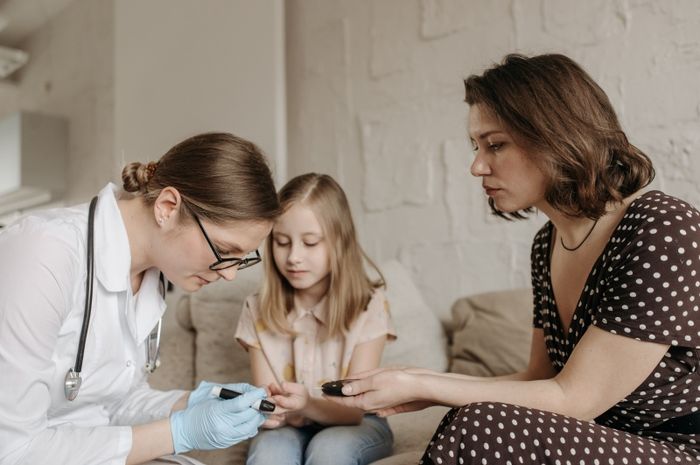Childhood diabetes symptoms are the same as those of diabetes in general. Specifically, frequent urination and increased thirst. This is a chronic or chronic noncommunicable disease.
As a result, it requires special attention from the community, particularly children. Diabetes, defined as elevated blood sugar levels, can lead to heart disease, kidney failure, and even blindness.
The disease, also known as ‘diabetes,’ is now seeing an increase in cases among children. According to the Indonesian Pediatricians Association (IDAI), diabetes cases in children will have increased 70 times since 2010.
According to IDAI data, approximately 1,645 children in Indonesia have diabetes. The data comes from 15 Indonesian cities, ranging from Jakarta to Surabaya, Palembang, and Medan.
Then What Are the Symptoms of Childhood Diabetes?
Diabetes symptoms in children must be recognized early by mothers in order to prevent the disease from worsening. Because the signs and symptoms of type 1 diabetes in children usually appear quickly, they may include:
- Urination on a regular basis. This can happen when the kidneys are unable to absorb glucose, causing urine production to increase.
- Increased thirst as a result of elevated blood sugar levels.
- Extreme hunger and exhaustion
- Unintentional weight loss caused by insulin problems.
- Irritability or behavioral changes
- Fruity breath and foul-smelling urine
- High blood sugar levels can cause a person’s eye lens to swell, interfering with the eye’s ability to see, resulting in blurred vision.
- Itching is frequently associated with the body’s reaction to high blood sugar levels.
Note from Devehealth
The main key to preventing diabetes in children is maintaining a healthy diet, avoiding junk food, and balancing physical activity.
This article is supported by: Klinik dr. Ilyas Daya Makassar




